A Victorian tea party is like a fun get-together in the afternoon. It’s based on old-time parties from England between 1837 and 1901. Back then, these tea parties were a big deal! Ladies would come together to chat, show off their fancy manners, and have a good time. The Victorian times had many rules about how to act properly, and these rules were also followed at tea parties. So, what was a Victorian tea party like? Let’s find out!
So, what exactly does a Victorian tea party entail? Let’s delve into the details.
What to Expect at a Victorian Tea Party
A Victorian tea party is like a fancy get-together from old times. Let’s see what makes it special:
Types of Teas
The types of teas that were commonly served at Victorian tea parties:
Earl Grey
- Origin: Named after Charles Grey, the 2nd Earl Grey, British Prime Minister in the 1830s.
- Flavor Profile: Black tea base flavored with bergamot orange, resulting in a citrusy and slightly smoky taste.
- Pairs Well With Light sandwiches, lemon cakes, and shortbread cookies.
English Breakfast
- Origin: A traditional blend of teas originating from Assam, Ceylon, and Kenya.
- Flavor Profile: Robust, full-bodied, and rich. It’s known for its bright color and strong flavor.
- Pairs Well With Hearty meals, scones with clotted cream and jam, and meat sandwiches.
Darjeeling
- Origin: Comes from the Darjeeling region in West Bengal, India.
- Flavor Profile: Known as the “Champagne of Teas,” it has a delicate flavor with musky sweetness and a fruity aroma. The flavor can vary depending on the harvest season.
- Pairs Well With: Light pastries, fruit tarts, and mild cheeses.
Assam
- Origin: Sourced from the Assam region in India.
- Flavor Profile: Bold, brisk, and malty with a rich color.
- Pairs Well With Strong foods, like meat pies and spicy dishes.
Oolong
- Origin: Produced in the Fujian province of China and Taiwan.
- Flavor Profile: Varies widely, from sweet and fruity to woody and thick to green and fresh, depending on the processing.
- Pairs Well With Fruity desserts, grilled foods, and seafood.
Green Tea
- Origin: Predominantly from China and Japan.
- Flavor Profile: Light, fresh, and grassy, with many variations based on regions and processing.
- Pairs Well With Steamed foods, rice dishes, and light salads.
While these teas were staples at Victorian tea parties, many other varieties might also have made an appearance. The key was to offer a range that catered to the varied palates of the attendees.
The typical foods
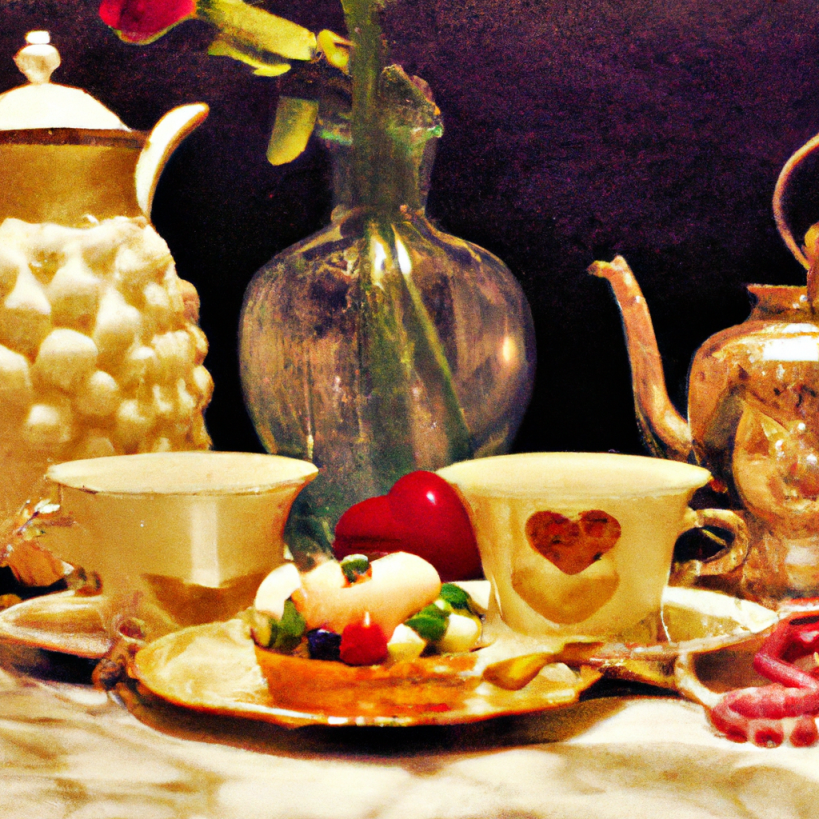
The typical foods that graced the tables of Victorian tea parties:
Finger Sandwiches
- Features: These were small, delicate, and crustless to ensure they could be consumed in one or two bites without making a mess.
- Popular Fillings:
- Cucumber: Thinly sliced cucumber with butter on white bread.
- Egg and Cress: Creamy egg salad with fresh watercress.
- Salmon and Cream Cheese: Smoked salmon with a hint of lemon and cream cheese.
- Chicken Salad: Diced chicken with mayonnaise and seasoning.
- Coronation Chicken: Chicken with curry powder, mayonnaise, and apricots.
Scones with Clotted Cream and Jam
- Features: Scones are baked goods that have a bread-like consistency. They were split open to be topped with clotted cream and jam.
- Varieties:
-
- Plain: Simple scones that allow the flavors of the clotted cream and jam to shine.
-
- Raisin or Currant: Scones with dried fruits incorporated into the dough.
-
- Savory: Cheese or herb-infused scones.
Pastries and Cakes
- Features: A range of sweet treats that vary in complexity.
- Varieties:
-
- Victoria Sponge: A simple sponge cake filled with jam and sometimes cream, named after Queen Victoria.
-
- Petit Fours: Tiny, bite-sized cakes often decorated with fondant or icing.
-
- Fruit Tartlets: Pastry shells filled with custard and topped with fresh fruits.
-
- Macaroons: Almond-based confections, different from the French macaron, often flavored with rose or lavender.
-
- Battenberg Cake: A light sponge cake with sections of pink and yellow covered in marzipan.
-
- Seed Cake: A cake flavored with caraway seeds, a popular Victorian treat.
Biscuits and Cookies
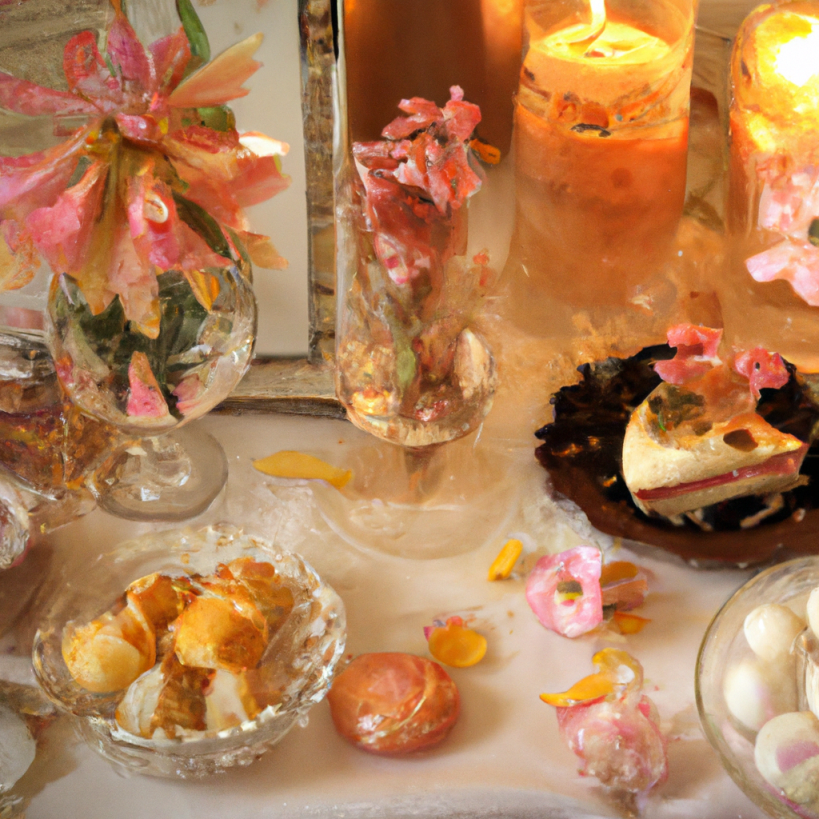
- Features: These were often served as an accompaniment to the tea.
- Varieties:
-
- Shortbread: A buttery biscuit that crumbles in the mouth.
-
- Ginger Snaps: Crispy biscuits flavored with ginger.
-
- Lemon Biscuits: Light biscuits with a hint of lemon zest.
Savory Treats
- Features: Some savory items were also served.
- Varieties:
- Meat Pies: Small, bite-sized pies filled with meat and gravy.
- Cheese Straws: Puff pastry sticks flavored with cheese.
- Quiches: Mini quiches with various fillings like cheese, onion, or bacon.
The common decorations
The common decorations used to set the scene for a Victorian tea party:
Lace Tablecloths
- Features: Intricately designed, lace tablecloths were a staple at Victorian tea parties.
- Styles:
-
- Crocheted: Handmade crochet patterns were popular, showcasing the handiwork of the hostess or her family.
-
- Tatted: Made using a technique of knotting, rather than knitting, to produce fine and delicate lace.
-
- Battenberg: A lace made of many small, straight pieces stitched together to create designs.
Floral Arrangements
- Features: Fresh flowers were a hallmark of Victorian tea parties, often placed in ornate vases or used as centerpieces.
- Popular Flowers:
- Roses: Roses were a favorite choice for their scent and range of colors.
- Violets: Often used for their sweet fragrance and delicate appearance.
- Lilacs: Popular for their lovely springtime blooms and pleasant aroma.
- Lilies: Lilies were a common choice for their striking appearance.
- Baby’s Breath: Used as a filler to give bouquets a soft, full look.
Vintage China
- Features: Elegant china sets, often handed down through generations, were brought out for these occasions.
- Designs:
-
- Floral Patterns: Intricate designs with flowers, vines, and leaves were common.
-
- Gold Accents: Many china pieces were adorned with gold rims or patterns.
-
- Pastel Colors: Soft hues like pinks, blues, and greens were prevalent in Victorian China.
Types of Pieces:
- Teapots: Often the centerpiece of the table, Victorian teapots could be simple or ornate.
- Teacups and Saucers: Mismatched sets were acceptable and often added charm to the setting.
- Sugar Bowls and Creamers: Essential for serving sugar and milk or cream with the tea.
- Cake Stands: Used to display cakes and pastries, often tiered for a grand effect.
Additional Decorative Touches:
- Candles: Used not just for lighting but as decorative elements. Candelabras or ornate candlesticks often graced the tables.
- Doilies: Smaller than tablecloths, doilies were placed under teapots or vases to protect the lace tablecloth underneath and add an extra decorative touch.
- Silverware: Polished silver teaspoons, forks, and serving utensils were used alongside the china.
Dress Code at a Victorian Tea Party
During a Victorian tea party, guests would dress their best, adhering to the standards of the day.
For Women
Long Dresses:
- Features: Dresses often had high necklines and full skirts.
- Colors: Soft, muted colors like pastels were popular, although darker hues were also worn, especially in the colder months.
- Details: Ruffles, bows, and intricate embroideries adorned these dresses, showcasing the era’s love for detail.
Bonnets:
- Features: A staple accessory, bonnets were made of straw or fabric and tied under the chin.
- Decorations: Often decorated with ribbons, flowers, and feathers, they added an extra touch of elegance.
- Purpose: Besides being fashionable, bonnets also protect the face from the sun.
Gloves:
- Length: They usually extend to the elbow, especially formally.
- Materials: fabrics like silk or kid leather.
- Etiquette: It was customary for ladies to keep their gloves on when drinking tea but to remove them when eating.
For Men
Suits:
- Components: Generally consisted of a waistcoat (vest), pants, and skin.
- Materials: Usually produced from wool or tweed, especially for daytime events.
- Colors: Darker shades like black, navy, and gray were common.
Top Hats:
- Features: These elevated, cylindrical hats were a symbol of sophistication and status.
- Occasion: Especially worn for more formal events, top hats add an extra touch of class.
Other Formal Wear:
- Cravats or Ties: Men would wear these around their necks, often with intricate knots.
- Pocket Watches: A functional and fashionable accessory, pocket watches were often attached to the waistcoat with a chain.
- Shoes: Polished leather shoes or boots complete the look.
Etiquette and Manners at a Victorian Tea Party
The Victorian era was a time of strict social codes and refined manners. It was especially evident at events like tea parties, where a set of etiquette rules governed every gesture and action. Proper conduct not only showcased one’s upbringing but also ensured the comfort and respect of all attendees.
The Significance of Proper Etiquette:
- Social Standing: Adhering to the right etiquette was a sign of one’s social standing and education. It was a way to differentiate the upper classes from the lower classes.
- Comfort of Guests: Proper manners ensured that guests felt comfortable, respected, and valued during the gathering.
- Smooth Functioning: Etiquette rules helped the event proceed smoothly without any social faux pas or misunderstandings.
Common Practices at a Victorian Tea Party:
Stirring the Tea:
- Method: One should stir tea gently in a back-and-forth motion from 6 o’clock to 12 o’clock without touching the sides of the teacup.
- Avoid: No clinking sounds should be made with the spoon against the cup.
- Post Stirring: The spoon should be placed on the saucer, behind the cup, never inside the cup.
Holding the Teacup:
- Method: Use the thumb and forefinger to hold the handle of the cup while the middle finger supports the bottom. The pinkie should always be kept.
- Sipping, Not Slurping: Tea should be sipped quietly without making any noise. It should never be blown on to cool it down.
Eating and Drinking:
- Sandwiches First: Start with the finger sandwiches, followed by scones and then sweets.
- Scones: Break a piece off the scone and apply clotted cream and jam with a knife, one bite at a time.
- Napkins: Place the napkin on your lap; it’s not to be tucked into the collar.
Conversations:
- Topics: Light and pleasant topics were chosen for discussion. Controversial subjects were avoided.
- Listening: It was just as important to listen as it was to talk. Interrupting another guest was considered very rude.
Departure:
- Duration: Guests shouldn’t overstay. A tea party typically lasted an hour.
- Thanking the Host: Before leaving, it was customary to thank the host for their hospitality.
Entertainment at a Victorian Tea Party
The Victorians took great pride in ensuring that their guests were not only well-fed but also well-entertained.
Parlor Games:
- Charades: A popular game where players act out a word or phrase without speaking, and others try to guess what it is.
- Blind Man’s Bluff: One person is blindfolded and tries to catch the other players.
- Snap-dragon: A game played with raisins placed in a bowl of brandy, which is set alight. The challenge is to snatch the raisins out without getting burnt.
- Twenty Questions: One player thinks of an object, and the others have to guess what it is by asking up to twenty yes-or-no questions.
Live Music:
Piano Performances: The piano was a staple in many Victorian homes, and often, someone would play while others sang along.
String Quartets: For more formal affairs, hosts might hire a string quartet to play classical pieces.
Harpists or Flutists: Solo instrumentalists might be invited to add a touch of elegance.
Other Entertainment Options:
- Poetry Recitations: Guests might be invited to share a favorite poem or read from a popular piece of literature of the time.
- Dance: In some cases, space would be cleared for a bit of dancing, especially if the tea party was leading into the evening.
Role of Conversation and Socialization:
- The Art of Conversation: The Victorians considered conversation an art.
- Topics: While light and pleasant subjects were preferred, the Victorians loved their gossip. However, it was always done in a manner that was subtle and never outright scandalous.
- Listening: good conversation was not just about speaking but also about listening. A good conversationalist knows when to speak and when to listen.
Learning and Sharing:
- Travel Tales: Those who had traveled might share stories or show curiosities they had collected.
- Current Events: While controversial topics were avoided, discussions about books, plays, or local events were common.
Entertainment at a Victorian tea party was a blend of structured activities and the free flow of conversation. Whether you were laughing over a game, being moved by a piece of music, or engrossed in a discussion, the goal was to feel connected and engaged. The Victorians understood the importance of community and social bonds, and their tea parties were a reflection of that.
How to Host a Victorian Tea Party
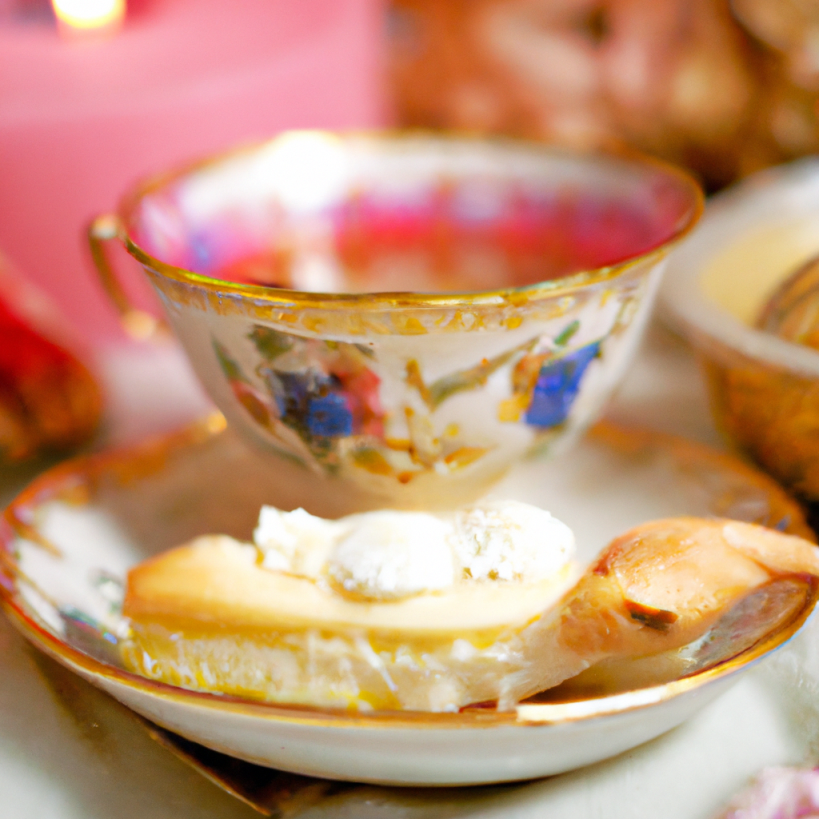
If you’re interested in hosting your Victorian tea party, here’s a step-by-step guide:
- Choose a Theme:Think of a fun idea for your tea party. Maybe it’s based on a story like “Pride and Prejudice,” or you can have it in a garden.
- Set the Date, Time, and Venue:Choose a day that’s good for you and your friends. You can have the tea party in your living room, backyard, or a cool place that feels old-timey.
- Send Invitations:Make fancy cards to invite your friends. Make sure to send them early so your friends can let you know if they’re coming.
- Food and Drinks:Pick different types of teas. Some can be the usual ones, and some can be fun flavors. Also, get snacks like small sandwiches, tiny cakes, and cookies. If any of your friends eat special foods because of allergies or choices, make sure you have something for them, too!
- Prepare the Decorations:Decorate with things like pretty tablecloths, flowers, and old-looking dishes. You can even have fun hats for everyone to wear!
- Organize Activities:Think of games or fun things you can do that people did back in Victorian times.
- Tea Party Etiquette:There were special ways to act at tea parties back then. It might be fun to learn them and try them out!
- Party Time!:When it’s tea party day, welcome your friends with a big smile. Pour tea, eat snacks, play games, and chat. Make sure everyone has fun!
Conclusion
Having a Victorian tea party is like going on a fun trip back in time. It’s all about fancy clothes, tasty teas, and playing cool games from long ago. When you have this kind of party, it feels like you’re in an old movie or storybook.
So, if you want to do something really special with your friends, try having a Victorian tea party.
FAQs
- What is a Victorian tea party?
A Victorian tea party is a special gathering where people dress up and act like they’re from the Victorian era in England. They drink tea, eat tasty snacks, and enjoy games and music from that time.
- When did the Victorian tea parties start?
These tea parties started during the Victorian era in England, which was from 1837 to 1901. It was a popular way for ladies to meet up and chat.
- What do you wear to a Victorian tea party?
Ladies usually wear long dresses with high necklines, gloves, and hats. Men might wear suits or fancy jackets. The idea is to look very elegant and old-fashioned.
- What kind of tea is served?
Traditional teas like Earl Grey, English Breakfast, and Darjeeling are common choices. But there might also be other flavors or herbal teas.
- What kind of food is there?
You can expect finger sandwiches, scones with cream and jam, and small cakes or pastries. Everything is usually bite-sized and fancy.
- Do you have to know special manners?
Yes, Victorian tea parties are known for having rules about how to act. For example, there’s a way to hold your teacup and stir your tea. But don’t worry, the rules are easy to learn!
- Can kids have Victorian tea parties?
Absolutely! Kids can have lots of fun dressing up, trying different teas, and playing Victorian-era games.
- Where can I host a Victorian tea party?
You can have one in your living room garden or even rent a special place. Just remember to decorate it to look like old times.
- How do I invite people?
You can make fancy invitations that match the theme. Tell your guests the date time, and if they should wear anything special.
- Why should I have a Victorian tea party?
It’s a fun way to learn about history, try new things, and spend time with friends or family. Plus, who doesn’t love a good tea party?
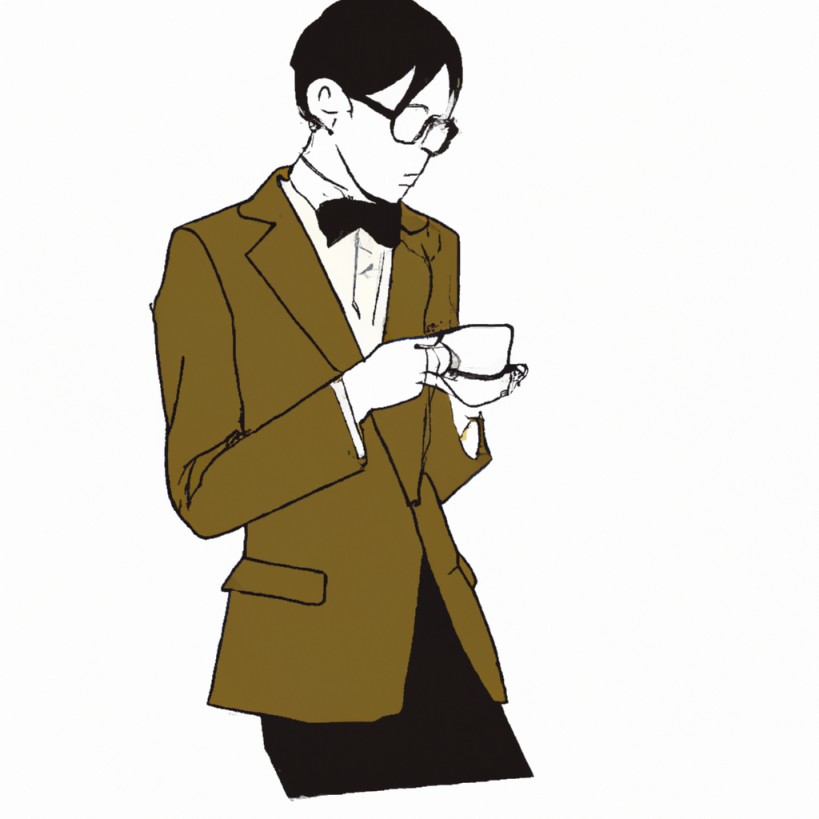
A renowned expert on tea parties, holds a deep understanding of the South Florida tea party scene and has extensive knowledge about tea parties across the globe.
With a rich background spanning several years, they have immersed themselves in the traditions, nuances, and cultural aspects of tea gatherings worldwide.
writings reflect a blend of firsthand experience and scholarly research, offering readers an authentic and comprehensive perspective on the world of tea parties.






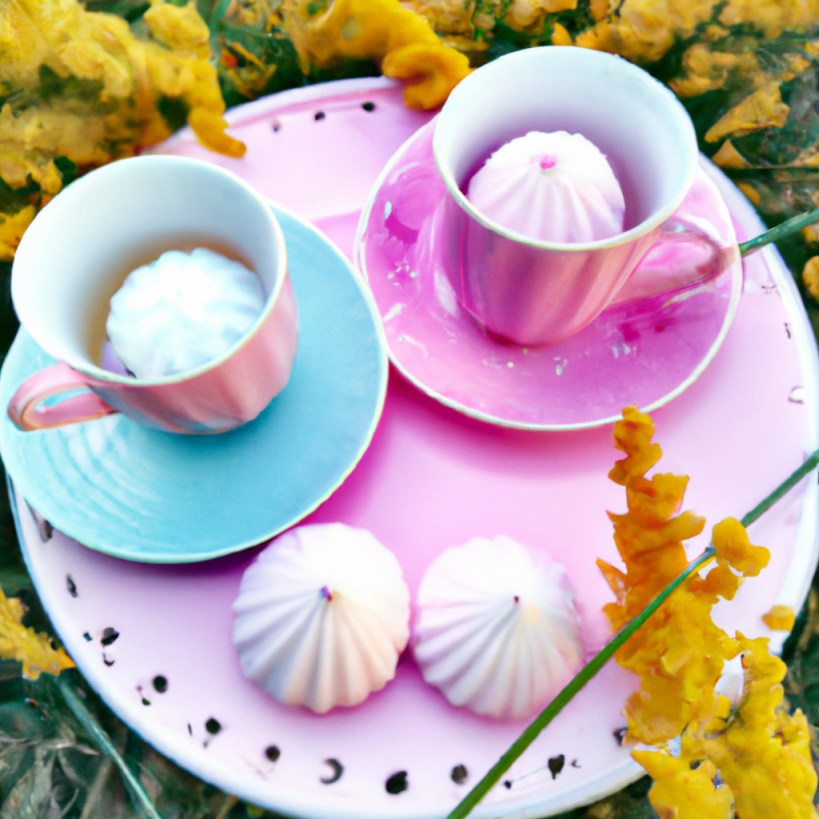
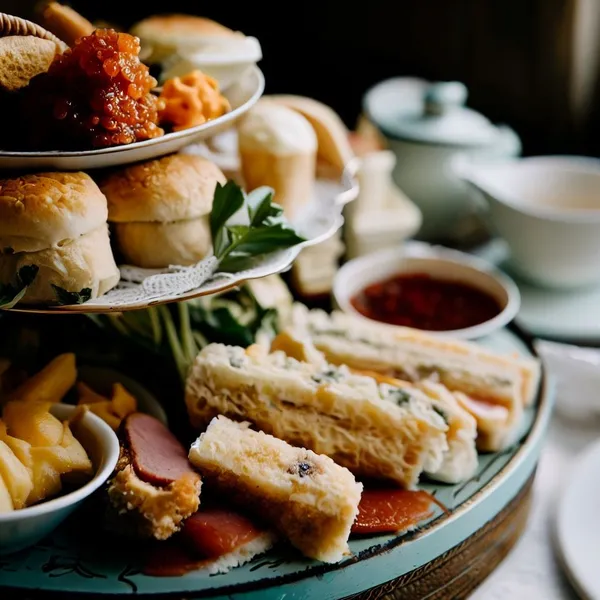
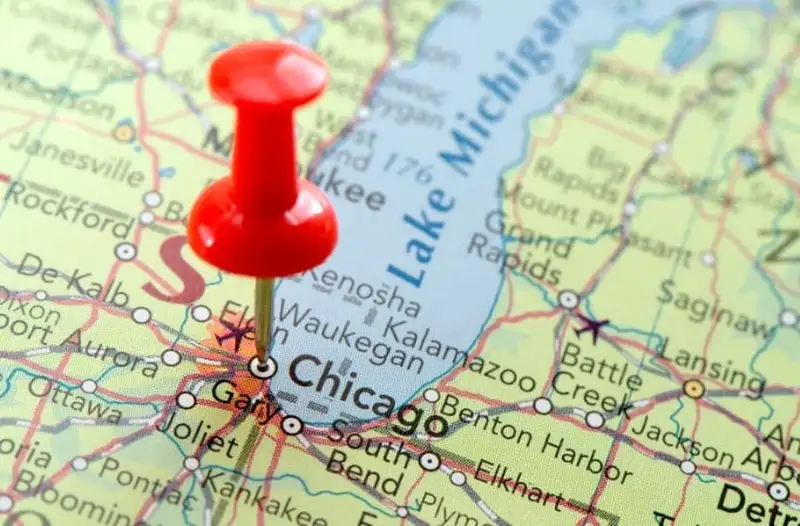
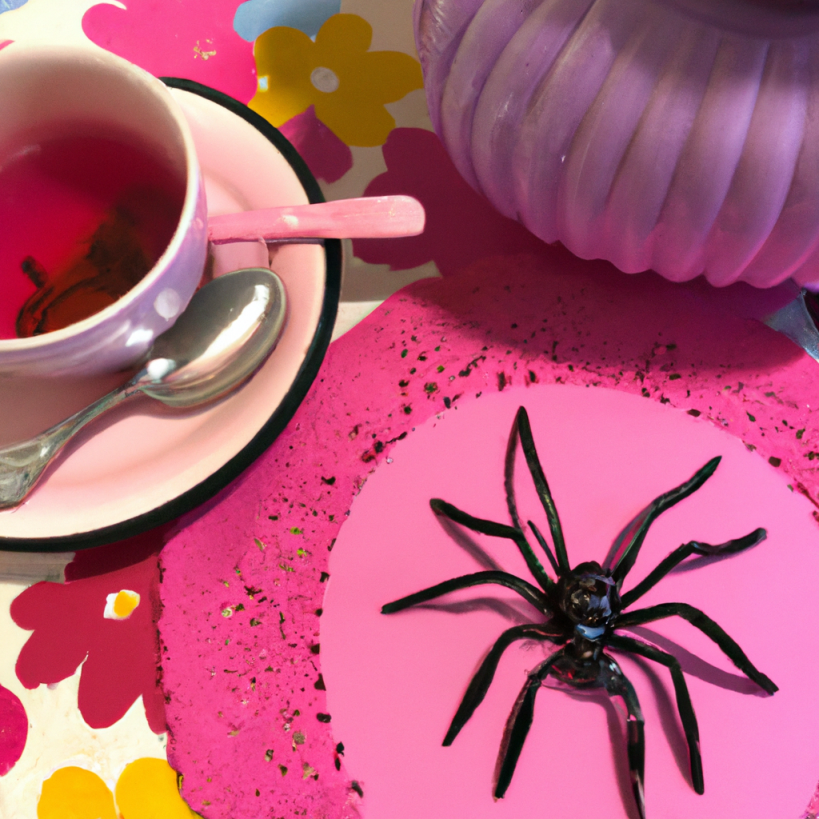
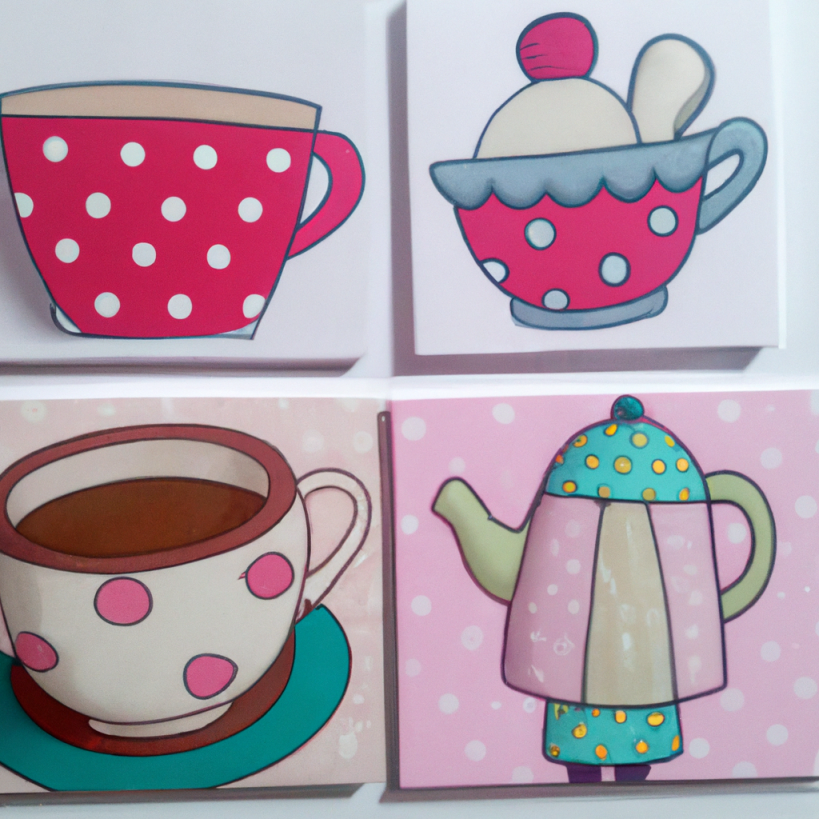

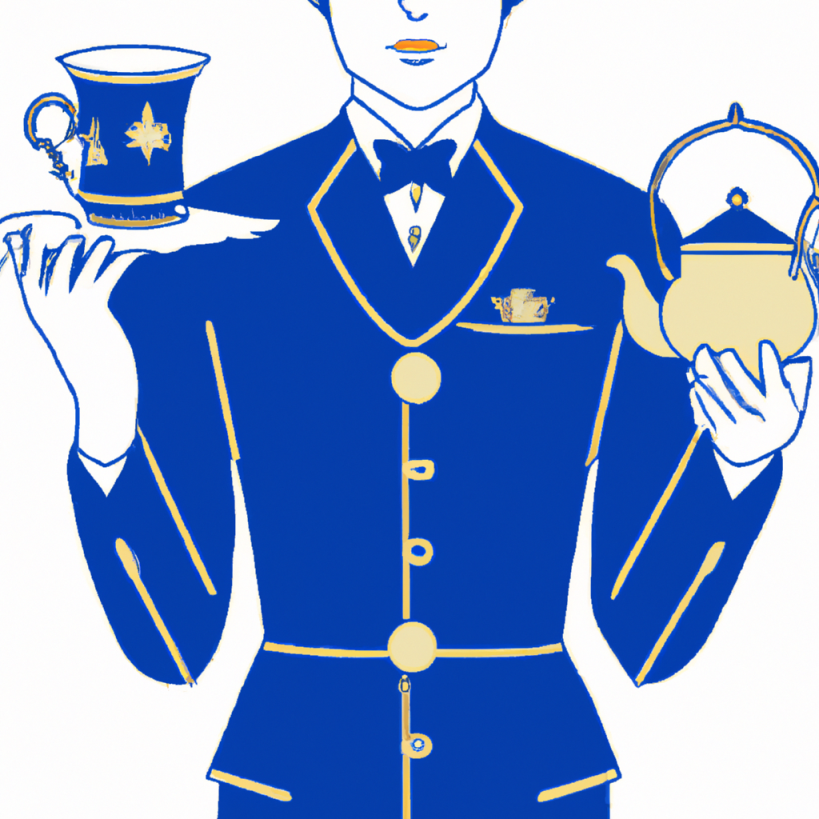
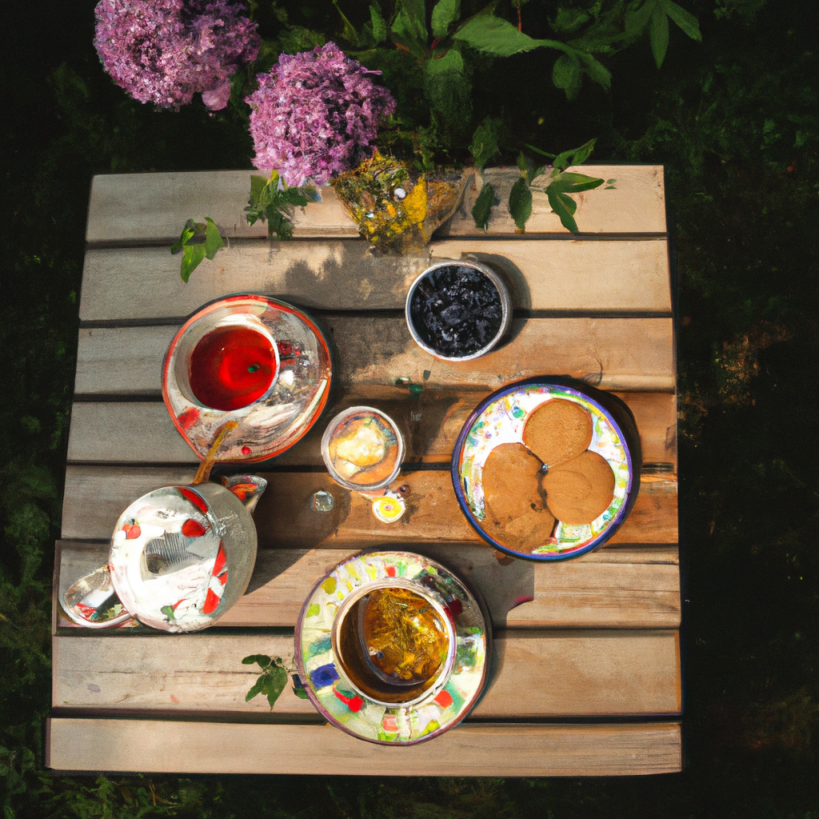
Add Comment